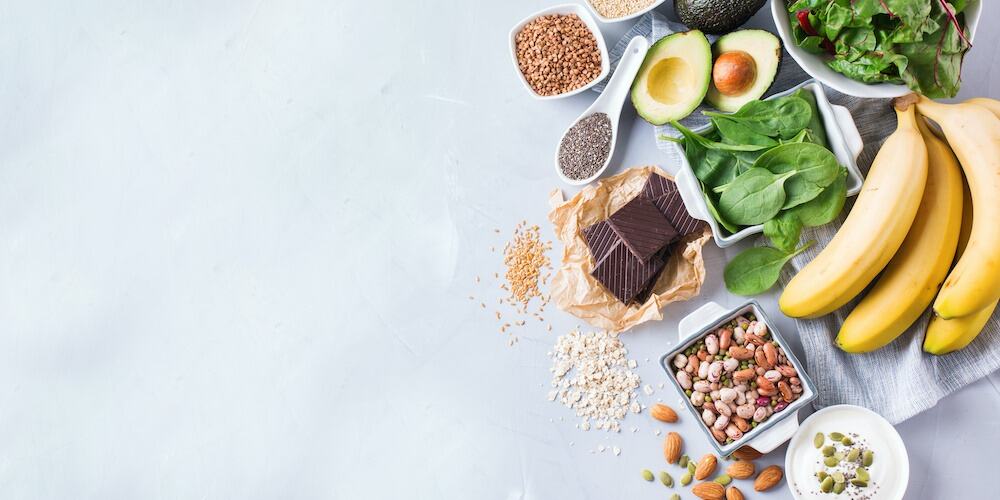Magnesium is one of the mineral salts, micronutrients of mineral origin. Naturally present in the body, it is stored in the bones, muscles, and liver.
It is essential to our bodies, but its reserves are quickly depleted.
This nutrient is present in many foods, but some contain a particularly high amount.
Also read the Best magnesium supplement: a pharmacist’s buying guide
1. Sea lettuce
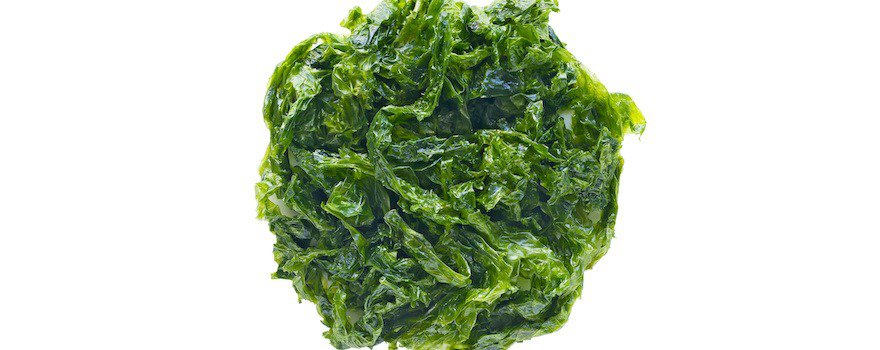
Sea lettuce (Ulva lactuca) is a green seaweed that grows in saltwater. It is notably found in the Atlantic Ocean, clinging to rocks.
Perfectly edible, it can be eaten raw, cooked, or even dried. It has a fresh, slightly peppery flavor and is similar to sorrel.
Rich in vitamins and minerals, dried sea lettuce provides 2780 mg of magnesium per 100 g.
How to consume it: opt for the dehydrated form (flakes), which is the most convenient. Sprinkle it over salads, soups, fish dishes, sauces, and vinaigrettes…
2. Sea bean
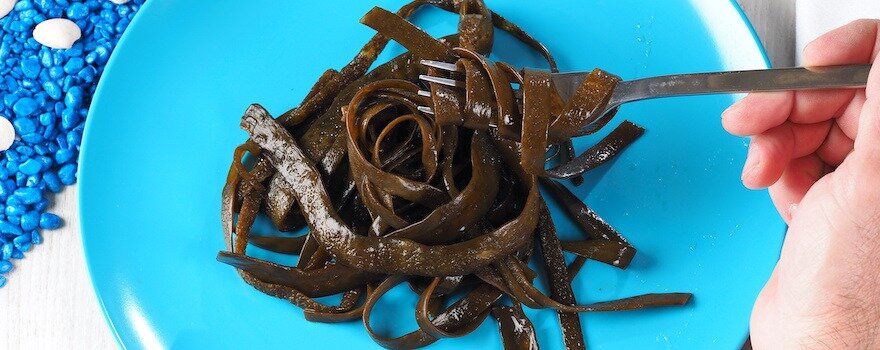
Also known as sea spaghetti , the sea bean (Himanthalia elongata) is a brown seaweed. It grows in the shallow waters of the North Sea, the English Channel and the Atlantic Ocean.
Sea bean has a sweet/salty taste. Again, it is in dried form that it is richest in magnesium, with 1620 mg/100g.
How to consume it : When fresh, young seaweeds can be cooked like green beans. They are ideal for accompanying fish dishes and seafood. As flakes, they add a subtle note to vegetables, soups, fish, rice…
3. Wakame

Typical of Japanese cuisine, wakame (Undaria pinnatifida) is a brown seaweed native to Asia. It has a marine, iodine-rich flavor, similar to that of an oyster.
Very rich in plant proteins, it also contains 1110 mg of magnesium/100 g.
How to consume it : In Japanese cuisine, it is used in the preparation of miso soup, salads, sushi, or is eaten cooked like spinach leaves.
4. Wheat bran
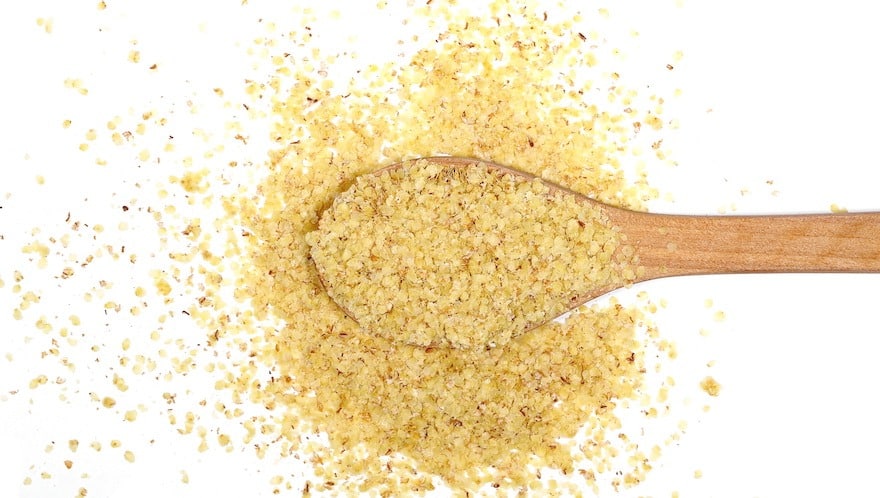
Once harvested, the wheat grains are freed from their protective husk. It is this that is used to obtain the famous wheat bran.
In cooking, it is appreciated for its subtle flavor and slightly sweet taste.
It also has nutritional qualities, including a high magnesium content. With about 550 mg/100 g, it is one of the most interesting sources. It should not be confused with the wheat germ, which contains less (250 mg/100 g).
How to consume it: add some to your yogurts, compotes, soups, cakes, pancakes, homemade breads…
5. Cocoa

Cocoa is an excellent source of magnesium with about 500 mg/100 g. Just 2 to 3 squares of dark chocolate per day already help meet part of the recommended intake.
To benefit from its richness, choose dark chocolate with at least 70 % or raw cacao. These are the most interesting from a nutritional standpoint.
Also read Raw cacao, a mood-boosting concentrate
How to consume it : simply bite into a square of chocolate or a raw cacao bean. You can also incorporate them into your sweet recipes.
6. Flax seeds
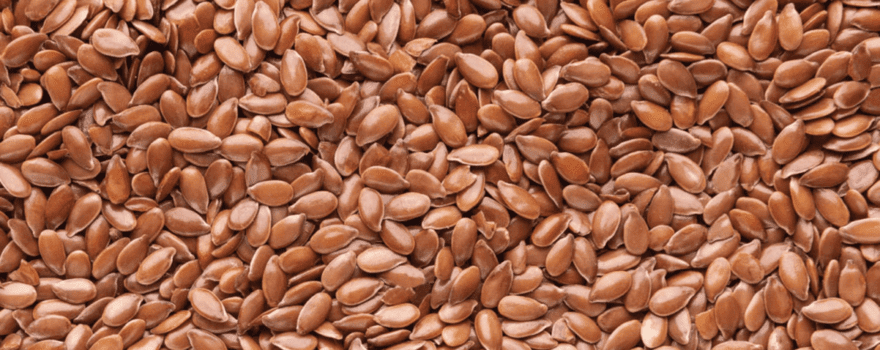
Flax seeds are harvested from the plant Linum usitatissimum. They are prized for their mild nutty flavor.
While known for their richness in fatty acids (omega-3-6-9), they also have a high magnesium content: about 370 mg/100 g.
How to consume them : you can eat them as-is or add them to your savory or sweet recipes: breads, cakes, salads, vegetable dishes, smoothies…
7. Brazil nuts
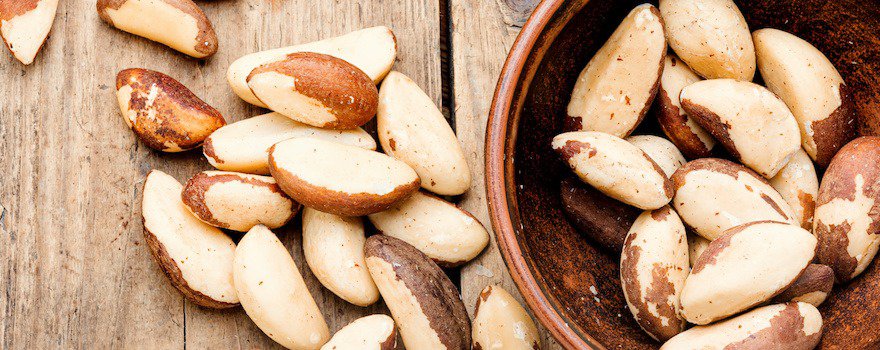
Brazil nuts are the fruits of Bertholletia excelsa, a tree native to the Amazon. They are commonly found in energy mixes, along with other dried fruits and seeds.
100 g of dried Brazil nuts provide about 370 mg of magnesium.
How to enjoy them : they can be eaten as a snack or used to prepare cakes, cookies, muffins, raw energy bars, plant-based beverages…
8. Sunflower seeds
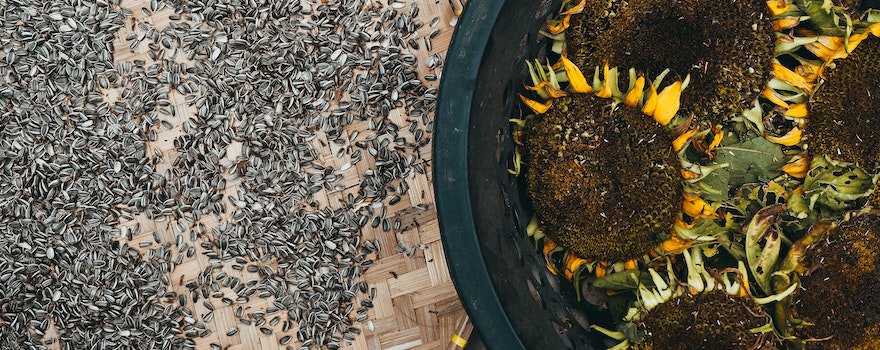
Shelled sunflower seeds (Helianthus annuus) have a pleasant nutty flavor. They make an excellent healthy and nutritious snack for the day.
They are a particularly good source of magnesium, with about 365 mg/100 g.
Choose shelled sunflower seeds and unroasted ones that have retained all their nutritional qualities.
How to enjoy them : enjoy them as a snack or add them to your salads, cooked dishes, pastries and baked goods.
9. Chia seeds
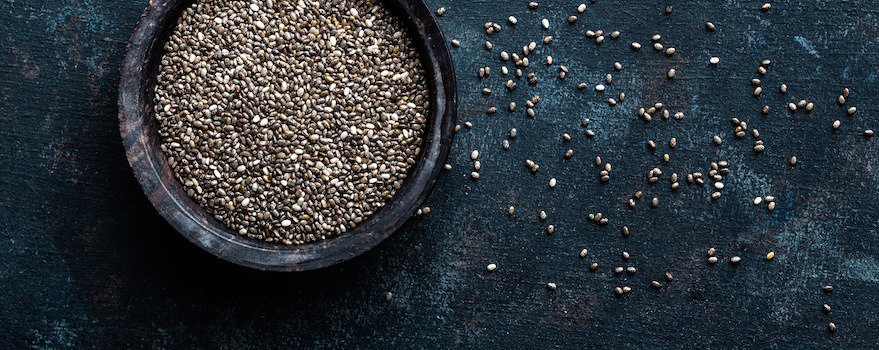
Chia seeds (Salvia hispanica) are known for their mild flavor and high fiber content. They are also a good source of minerals.
In addition to calcium, phosphorus and iron, they provide 335 mg of magnesium/100 g.
Comment les consommer : vous pouvez en ajouter dans les salades, yaourts, porridges ou les préparer en chia pudding.
10. Almonds

Almonds are the fruit of the almond tree (Prunus dulcis). Consumed fresh or dried, they have a slightly sweet flavor and a crunchy texture.
Among dried fruits, almonds are among the richest in magnesium. Unblanched, they contain 270 mg of magnesium/100 g.
How to enjoy them : enjoy them as they are as a snack or incorporate them into various preparations: fish dishes, cakes, bars and energy balls…
Why eat foods rich in magnesium?
The benefits of magnesium
Magnesium works in association with other minerals such as sodium, calcium, and potassium.
It is involved in many biological functions. Thus, it :
- contributes to nerve transmission and mental well-being, reduces stress and anxiety ;
- stimulates the immune system and strengthens natural defenses ;
- helps prevent cardiovascular diseases by ensuring a regular heart rhythm and good dilation of blood vessels ;
- promotes muscle relaxation to prevent cramps and tingling.
In the body, magnesium levels are substantial but decrease rapidly.
Advanced age, intense physical activity, or stress are all factors that draw on the body’s reserves.
Also read | Our tips for buying the best magnesium
How much magnesium do you need?
ANSES (French Agency for Food, Environmental and Occupational Health and Safety) recommends an intake of 300 to 380 mg/day for men and women.
If not, you risk a magnesium deficiency. This can present as severe fatigue, joint and/or muscle pain, irritability, or palpitations.
That’s why it’s important to meet your daily needs, either by taking supplements or by consuming foods rich in magnesium.


